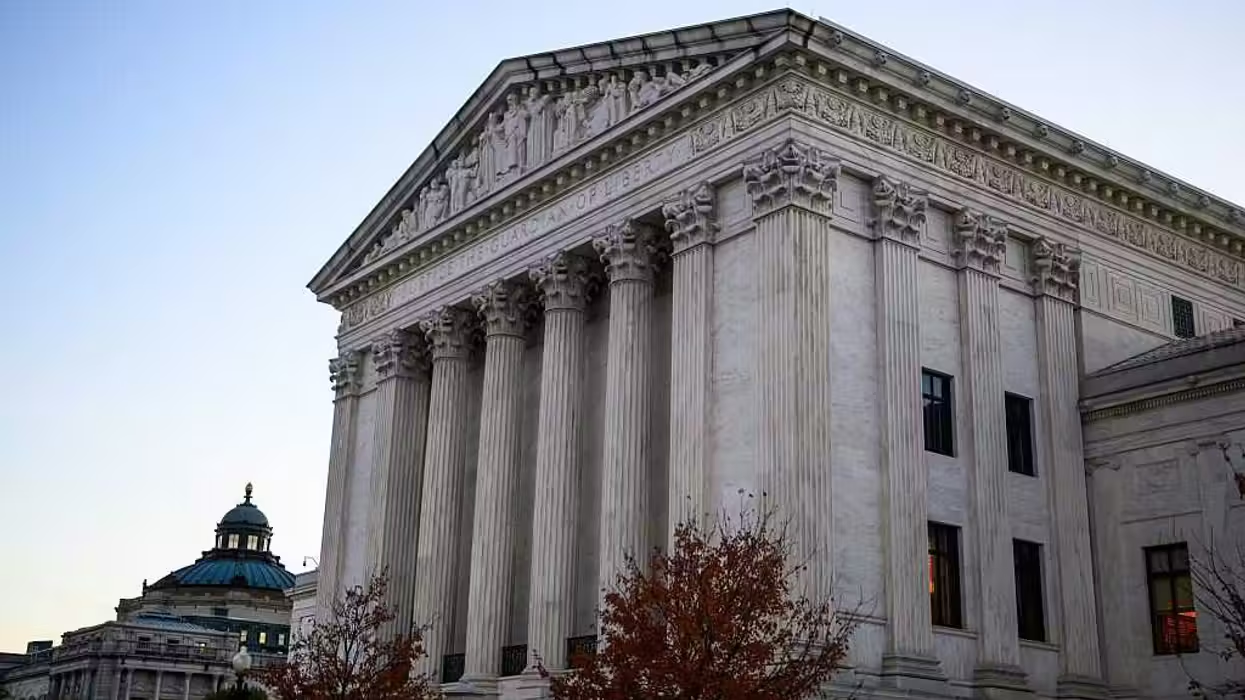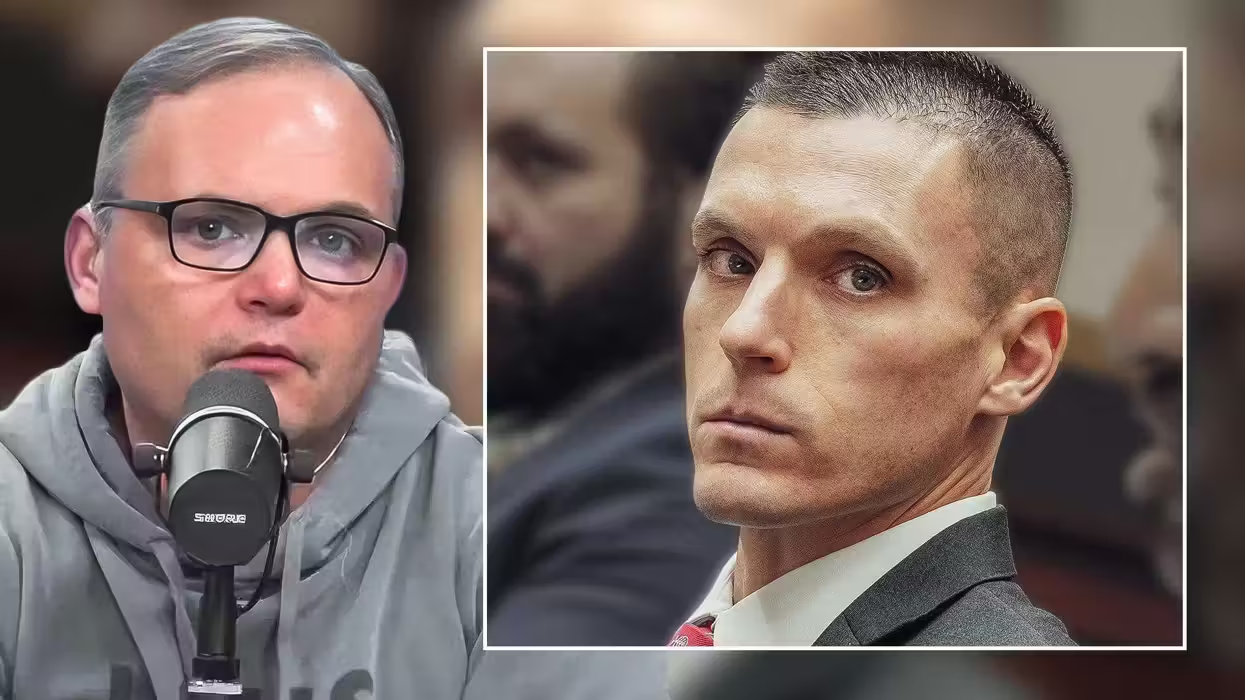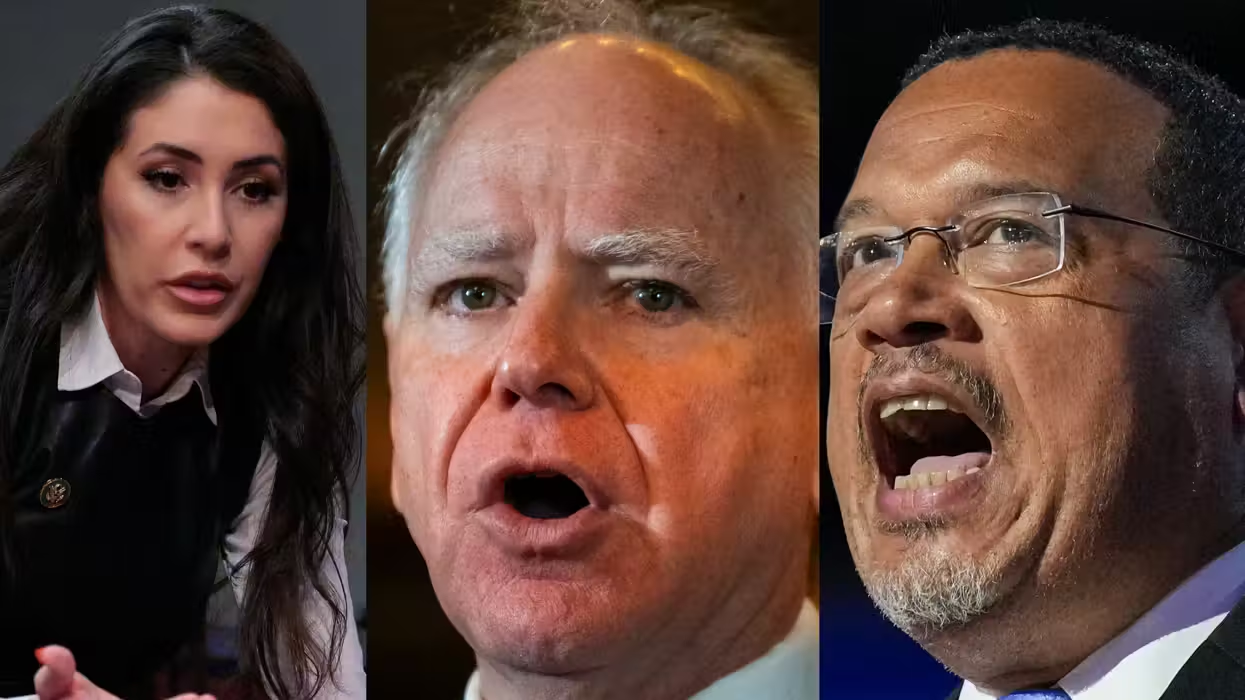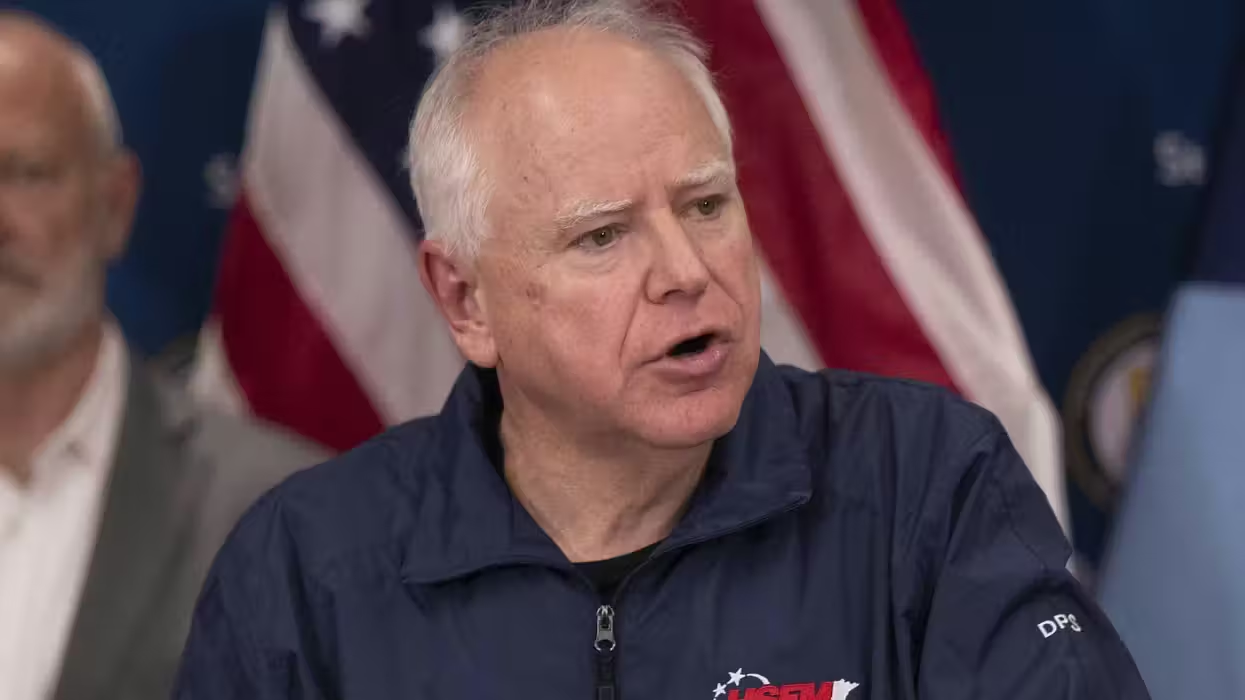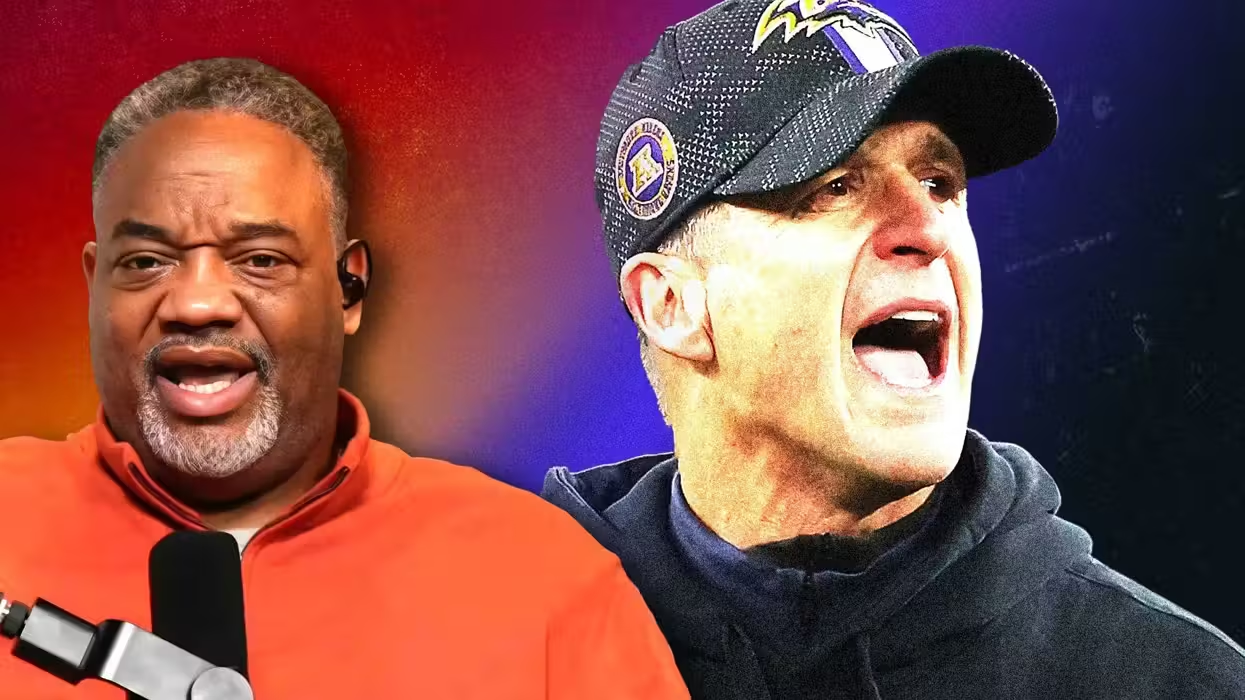
© 2026 Blaze Media LLC. All rights reserved.
Back in January we covered Professor Glenn Renyolds' (aka Instapundit's) "The New School" which focuses on the impending bubbles in higher and lower education, and what we can expect in a post-bubble world.
A large focus of Reynolds' book was on student loan debt: that there is a massive bubble in it and that prospective college students should do everything they can to avoid it.
 Glenn Reynolds on the Glenn Beck Program, 15 January, 2014. (Source: TheBlaze TV screenshot)
Glenn Reynolds on the Glenn Beck Program, 15 January, 2014. (Source: TheBlaze TV screenshot)
As Reynolds noted in our interview with him:
"there are a lot of toxic things about student loan debt. But one of the things is that we as a society have depended for a long time on people who get out of college, are in their 20s, sort of getting on an economic escalator – you know first they live in an apartment, maybe they buy a small car, then later they have kids and move into a bigger house and get a bigger car and so on, and that generates a lot of economic activity. What’s happening now is, even the people who graduate and have jobs basically can’t afford to buy that house because they’ve already got the equivalent of a mortgage payment. They can’t afford to buy that fancy car because they’ve got the equivalent of a car payment. I mean when you’ve got six figures of student loan debt, you’re not in the same position of people who graduated college 20 or 30 years ago with maybe a 10th that much. And when you add that to the fact that the economy is not so great anyway, you really have kind of a vicious cycle. People can’t buy things because they’re in debt, and the economy stays slow, so there aren’t as many jobs, and it circles around on itself. It’s reinforcing."
Now comes word that student loan debt is actually being used to subsidize goods and services well beyond education. As reported by ZeroHedge and according to Yahoo Finance:
The soft jobs recovery and the emphasis on education have driven people to attain more schooling. But borrowing thousands in low-rate student loans—which cover tuition, textbooks and a vague category known as living expenses, a figure determined by each individual school—also can be easier than getting a bank loan. The government performs no credit checks for most student loans.
College officials and federal watchdogs can't say exactly how much of the U.S.'s swelling $1.1 trillion in student-loan debt has gone to living expenses. But data and government reports indicate the phenomenon is real. The Education Department's inspector general warned last month that the rise of online education has led more students to borrow excessively for personal expenses. Its report said that among online programs at eight universities and colleges, non-education expenses such as rent, transportation and "miscellaneous" items made up more than half the costs covered by student aid.
The report also found the schools disbursed an average of $5,285 in loans each to more than 42,000 students who didn't log any credits at the time. The report pointed to possible factors such as fraud in addition to cases of people enrolling without serious intentions of getting a degree.
ZeroHedge goes on to cite a Wall Street Journal article that details examples of individuals using the proceeds of their student loans to fund everything from food purchases to utilities.
Read the whole sobering report here.
Want to leave a tip?
We answer to you. Help keep our content free of advertisers and big tech censorship by leaving a tip today.
Want to join the conversation?
Already a subscriber?
Ben Weingarten is a writer, commentator, and editor at large at RealClearInvestigations. He is a senior contributor at the Federalist and writes columns for Newsweek and the Epoch Times.
Ben Weingarten
Ben Weingarten is a writer, commentator, and editor at large at RealClearInvestigations. He is a senior contributor at the Federalist and writes columns for Newsweek and the Epoch Times.
more stories
Sign up for the Blaze newsletter
By signing up, you agree to our Privacy Policy and Terms of Use, and agree to receive content that may sometimes include advertisements. You may opt out at any time.
Related Content
© 2026 Blaze Media LLC. All rights reserved.
Get the stories that matter most delivered directly to your inbox.
By signing up, you agree to our Privacy Policy and Terms of Use, and agree to receive content that may sometimes include advertisements. You may opt out at any time.

